Every plant parent has faced this moment: you notice your once-healthy houseplant drooping, its leaves curling or turning yellow, and you immediately ask yourself—“Am I watering it too much or not enough?”
It’s one of the most common questions in plant care, and one of the most misunderstood. Both underwatering and overwatering cause distressing symptoms that can look surprisingly similar. Yet, the fixes for each are completely opposite. Knowing the difference between the two can mean the difference between a thriving plant and one that never recovers.
In this guide, we’ll break down the signs of each problem, how to correctly identify which one your plant is facing, and—most importantly—how to bring it back to health.
Why Watering Mistakes Happen
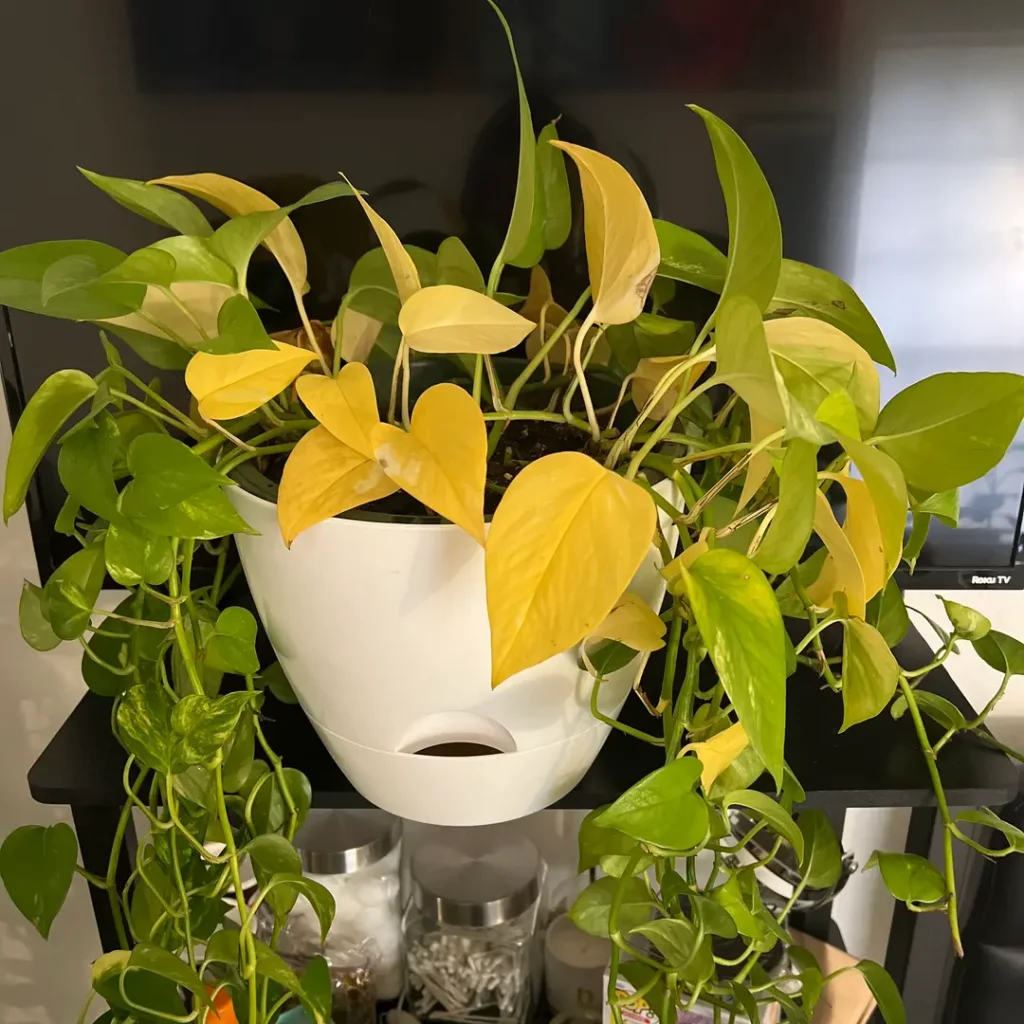
Watering seems simple, but it’s actually one of the most nuanced parts of plant care. That’s because the right amount of water depends on several factors—plant species, pot size, soil type, light, humidity, and even the season.
Many plant owners make the mistake of watering on a fixed schedule rather than based on the plant’s actual needs. Unfortunately, what works in spring may not work in winter, and what suits a fern will drown a cactus.
Understanding the difference between underwatering and overwatering starts with knowing what happens inside the soil.
- When you underwater, the soil dries out completely, starving roots of moisture and preventing the plant from absorbing nutrients.
- When you overwater, the roots sit in soggy soil, which blocks oxygen and leads to root rot—a silent killer for many houseplants.
Now, let’s explore how to tell which issue your plant is suffering from.
Signs of Underwatering
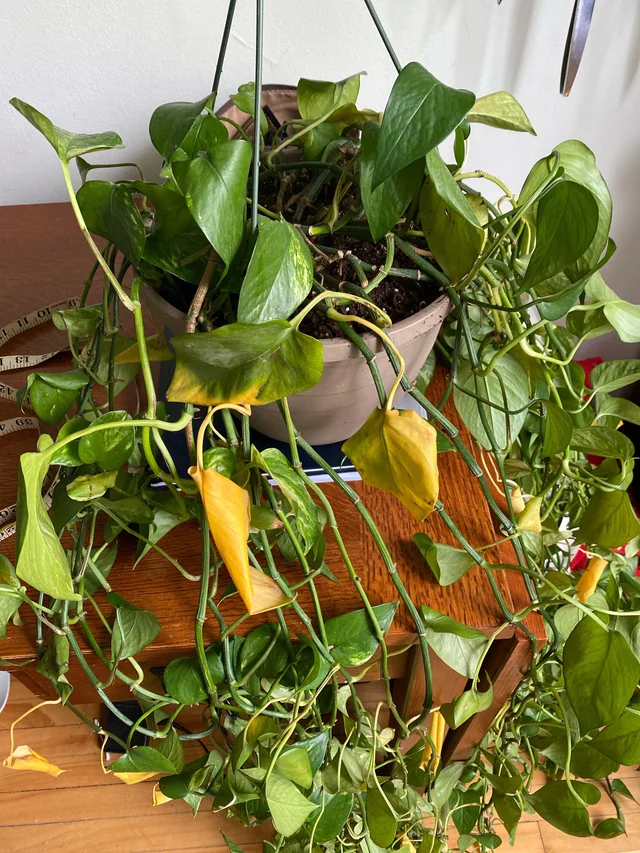
Underwatering happens when a plant doesn’t receive enough moisture to support its basic functions. As the soil dries out, the roots can’t take up water, and the leaves begin to lose turgor (the pressure that keeps them firm).
Here are the most common signs:
1. Wilting and Drooping Leaves
The first and most visible symptom is drooping leaves that appear limp and lifeless. They may also feel thin and crispy to the touch.
Unlike overwatered plants, underwatered ones usually bounce back quickly after watering. If your plant perks up within a few hours of a deep soak, it was likely thirsty.
2. Dry, Crumbly Soil
Stick your finger about an inch into the soil. If it feels bone dry and pulls away from the sides of the pot, your plant is underwatered. The soil may even shrink and create gaps between itself and the pot edges.
3. Brown, Crispy Leaf Edges
The leaf tips and edges dry out first since that’s where moisture loss occurs most rapidly. In severe cases, the entire leaf may turn brown and fall off.
4. Slow Growth and Dull Leaves
Underwatered plants can’t photosynthesize efficiently. As a result, new leaves are smaller, and the overall color may look faded or dull.
5. Lightweight Pot
When you lift the pot, it feels unusually light—another sure sign the soil is too dry.
How to Fix Underwatering:
- Rehydrate Gradually: Give your plant a thorough soak. Place the pot in a sink or basin of water and let it absorb moisture from the bottom for 20–30 minutes.
- Avoid Sudden Flooding: Pouring too much water onto bone-dry soil can cause it to run off without absorption. Water slowly in small amounts to help the soil rehydrate evenly.
- Adjust Your Routine: Water when the top 1–2 inches of soil are dry. For tropical plants, that may be weekly; for succulents, it could be every few weeks.
- Maintain Humidity: Dry indoor air can worsen dehydration. Group plants together or use a humidifier to slow moisture loss.
Signs of Overwatering
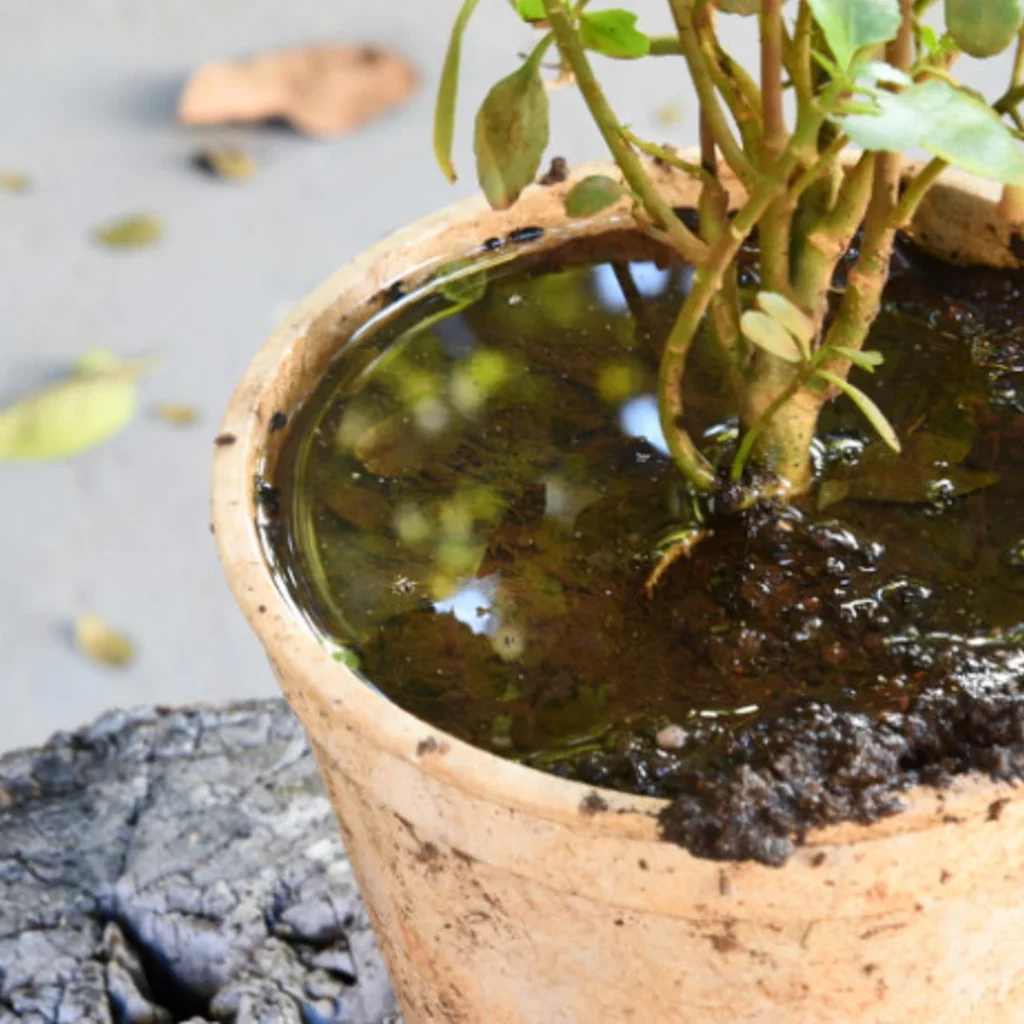
Overwatering is one of the leading causes of houseplant death. It’s easy to assume your plant needs water when it’s drooping, but sometimes it’s drowning instead.
When roots are constantly wet, they can’t breathe. Over time, this suffocates them, leading to rot and fungal diseases that prevent water and nutrients from reaching the leaves.
1. Yellowing Leaves
One of the earliest and most common signs of overwatering is yellow leaves—especially older ones near the bottom. They often look soft and limp, unlike the crispy texture of underwatered leaves.
2. Mushy Stems and Soft Leaves
Overwatered plants often develop mushy stems or leaves that feel spongy instead of firm. This is a sign of internal rot caused by excess moisture.
3. Constantly Damp Soil
If the top layer of soil stays wet for days after watering, or if you notice a musty smell, it’s a red flag. Stagnant, soggy soil deprives roots of oxygen.
4. Root Rot
Root rot is the ultimate consequence of chronic overwatering. When you pull the plant out of its pot, you’ll see brown or black, mushy roots that emit a foul odor.
5. Mold, Fungus, or Gnats
Excess moisture creates the perfect environment for fungal growth. You may see white mold on the soil surface or tiny flying insects (fungus gnats) hovering nearby.
How to Fix Overwatering:
- Stop Watering Immediately: Let the soil dry out completely before adding more water.
- Check Drainage: Ensure your pot has drainage holes and that excess water can escape freely.
- Repot if Necessary: If the soil smells bad or the roots are rotting, remove the plant, trim away damaged roots, and repot in fresh, well-draining soil.
- Use the Right Mix: Combine potting soil with perlite, pumice, or coarse sand to improve aeration.
- Adjust Frequency: Water less often, and always test the soil before watering again.
Key Differences Between Underwatering and Overwatering
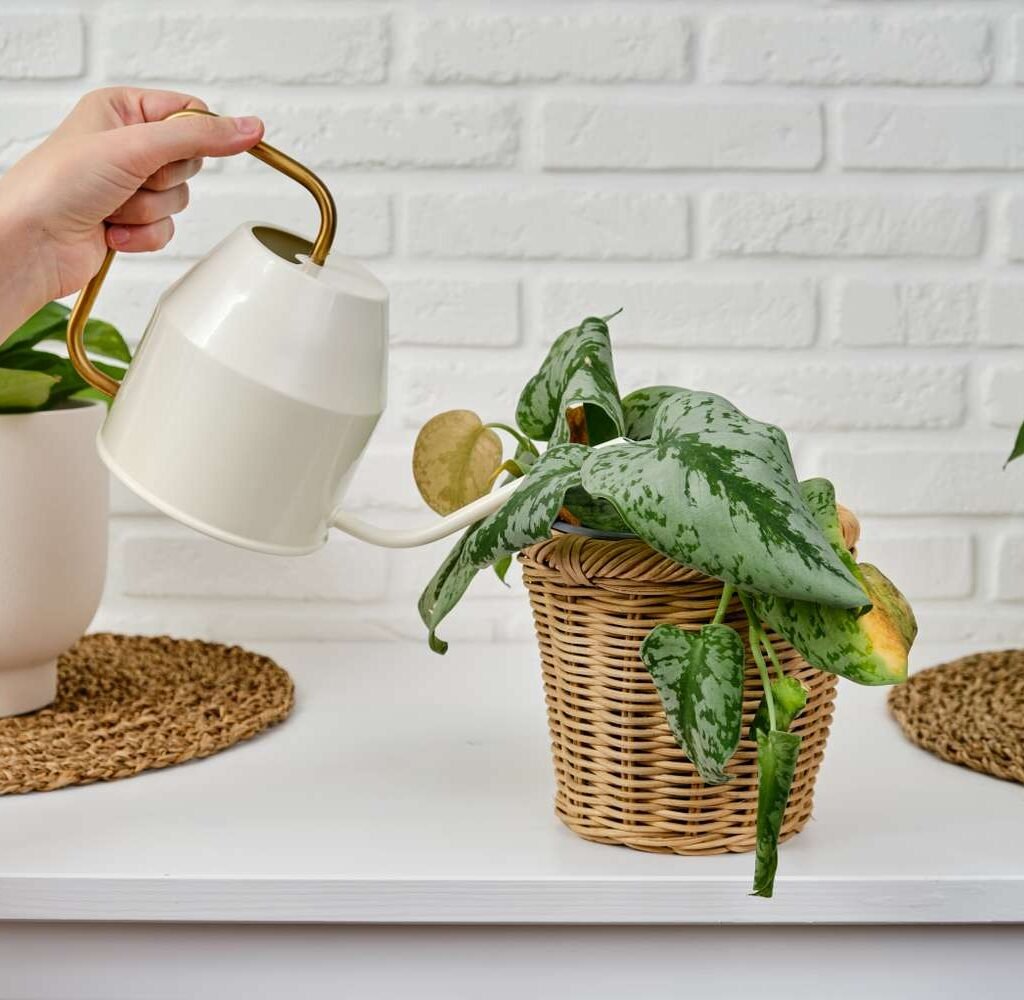
| Symptom | Underwatering | Overwatering |
|---|---|---|
| Leaf Texture | Dry, crispy | Soft, mushy |
| Leaf Color | Brown edges, dull green | Yellowing, pale |
| Soil Condition | Dry and hard | Wet and compact |
| Smell | Neutral or earthy | Musty or foul |
| Pot Weight | Light | Heavy |
| Recovery After Watering | Perks up quickly | No improvement or worsens |
| Root Condition | Dry, brittle | Brown, mushy, smelly |
This table can serve as a quick reference whenever your plant looks unhappy.
The Finger Test: The Easiest Way to Know
One of the simplest and most reliable methods to determine watering needs is the finger test.
Here’s how:
- Stick your finger about one inch into the soil.
- If it feels dry, it’s time to water.
- If it feels damp, wait a few more days.
- If it feels soggy, your plant has been overwatered.
For a more precise check, you can also use a moisture meter—a handy tool that measures soil moisture levels and takes the guesswork out of watering.
How to Prevent Both Problems
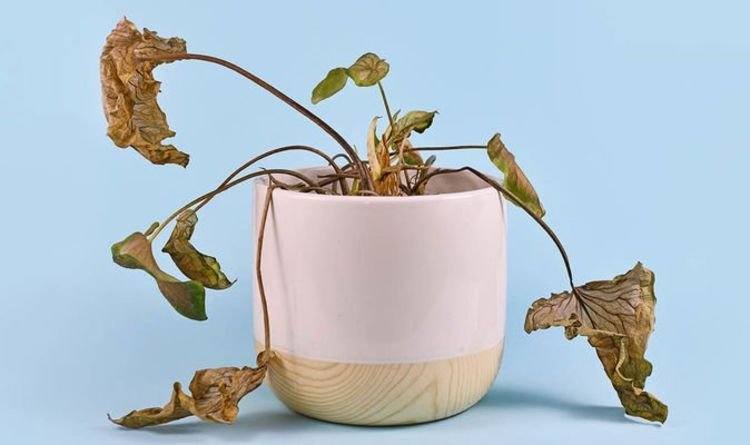
Once you’ve identified and fixed the immediate issue, prevention is key to avoiding future watering mistakes.
1. Choose the Right Pot and Soil
- Always use pots with drainage holes.
- Avoid heavy garden soil indoors; use a well-draining potting mix suited to your plant’s type.
- Consider adding materials like perlite, coco coir, or pumice to improve drainage.
2. Match Watering to the Environment
Plants drink faster in warm, bright, or dry conditions. In cooler, darker months, their water needs drop significantly. Adjust your watering schedule with the seasons.
3. Observe Your Plant’s Behavior
Each plant species communicates differently.
- Succulents and cacti prefer their soil to dry completely between waterings.
- Ferns and calatheas need consistently moist (but not soggy) soil.
- Tropical houseplants like monstera and pothos fall somewhere in between.
4. Empty Saucers After Watering
Never let your plant sit in standing water—it leads to root rot. After watering, drain any excess water from the saucer or cachepot.
5. Use the Right Tools
A watering can with a narrow spout helps control flow and avoids flooding. A moisture meter or hydrometer can be especially helpful for large collections or finicky plants.
When in Doubt, Err on the Dry Side
A golden rule for most houseplants: it’s better to underwater than overwater.
Plants can recover more easily from temporary drought than from root rot. If you’re unsure, wait a day or two and check again. Most plants would rather be a little thirsty than constantly drenched.
Final Thoughts
Learning to recognize the difference between underwatering and overwatering takes time and attention—but once you master it, your plants will thank you with lush, vigorous growth.
The key is to look beyond the surface symptoms and consider the entire context: soil condition, leaf texture, pot weight, and even the season.
Remember:
- Underwatered plants are dry, crispy, and light.
- Overwatered plants are soft, yellow, and heavy.
By understanding these subtle clues, you’ll develop the intuition every great plant parent needs—the ability to “listen” to your plants and respond to their needs with confidence.
With patience, observation, and the right watering habits, you can say goodbye to droopy leaves and hello to a flourishing indoor jungle.
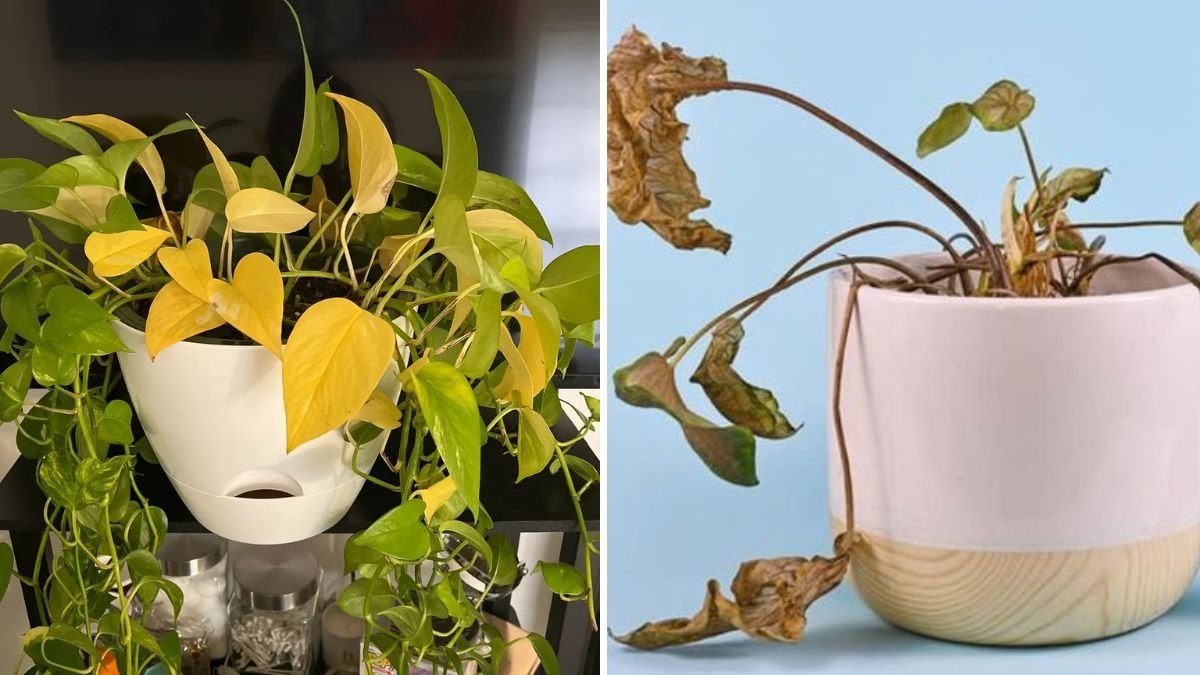




Leave A Comment